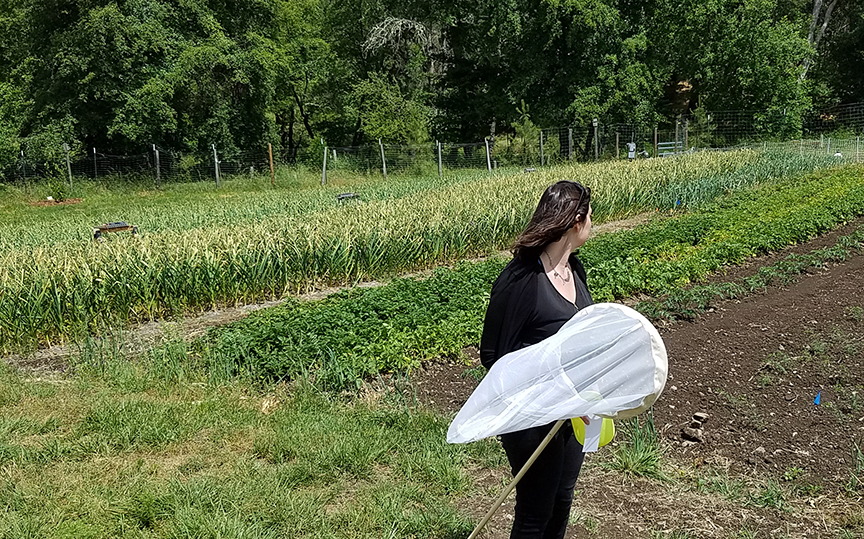Photo credit Oregon Bee Project.
by Sarah Kincaid, Entomologist – Oregon Department of Agriculture
With the cold nights and rain ushering in the end of another field season I am finally getting a chance to reflect on what has been a very busy year for the Oregon Bee Project. We toured much of the State, meeting innovative farmers, passionate conservationists, beekeepers, and a host of enthusiastic volunteers, educators, and students. And what did we learn? That Oregon truly loves its bees! Thank you all for the support and interest. This once little project has grown into a network of agencies and individuals with the lofty goal of preserving the nation’s bee populations for generations to come. Through the Fall and Winter, we will be adding resources to our website and will keep you updated on our plans for next year.
And now back to the bees…. As the weather becomes cooler, and precipitation returns to the State, bees begin wrapping up their work for the season. At this point, many of our native bees have recently finished nesting. Most of them will overwinter as prepupae and will mate upon emergence in the Spring. Some, such as the early-emerging Andrena, or mining bees, have long since finished nesting. The larvae of these bees may be about to reach adulthood, the stage at which they will go through the winter safely tucked away in their natal nests. Other bees, especially the social bees, are able to stay active until the very end of the season, and in the case of the honey bee, even stay alive through the Winter. These groups of bees have overlapping generations, and at least a small amount of food reserves (nectar and pollen), making their active season much longer. Currently, the bees I am still seeing in the field are all social and are bumble bees, honey bees, and sweat bees. In fact, earlier in the week, I was even able to find a group of sweat bees, most likely Halictus tripartitus, still nesting at the base of a tree in an apple orchard. What I witnessed on that particular afternoon was a small cloud of males outside of the nest, waiting to mate. In this group of bees, the females that emerge at the end of the season mate before finding an overwintering chamber, while the rest of the adults in the colony die off in the Fall. These females will emerge sometime next year, ready to lay eggs. Individuals from eggs laid previously in the season will also emerge next year, and may become the workforce of the late season females.

